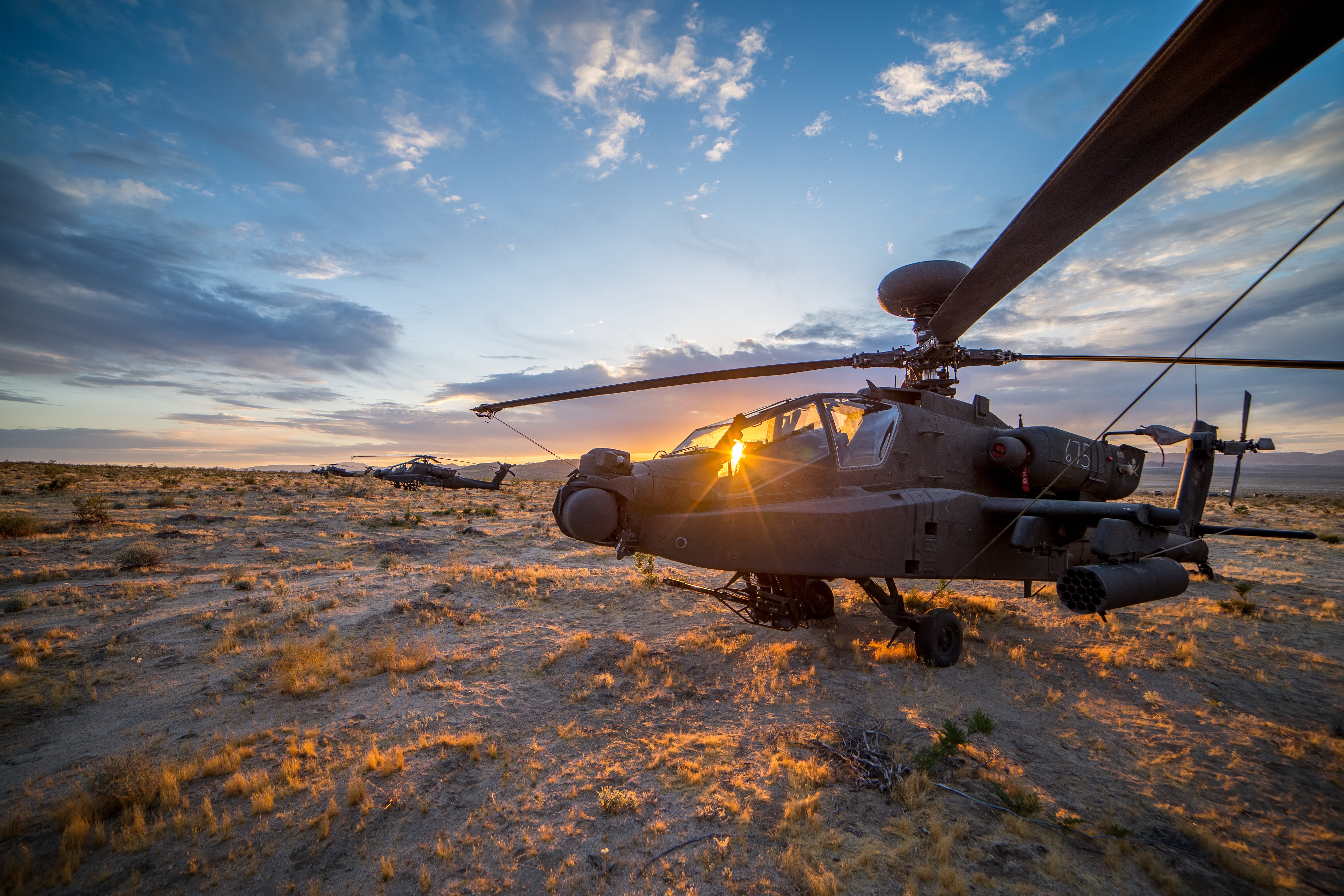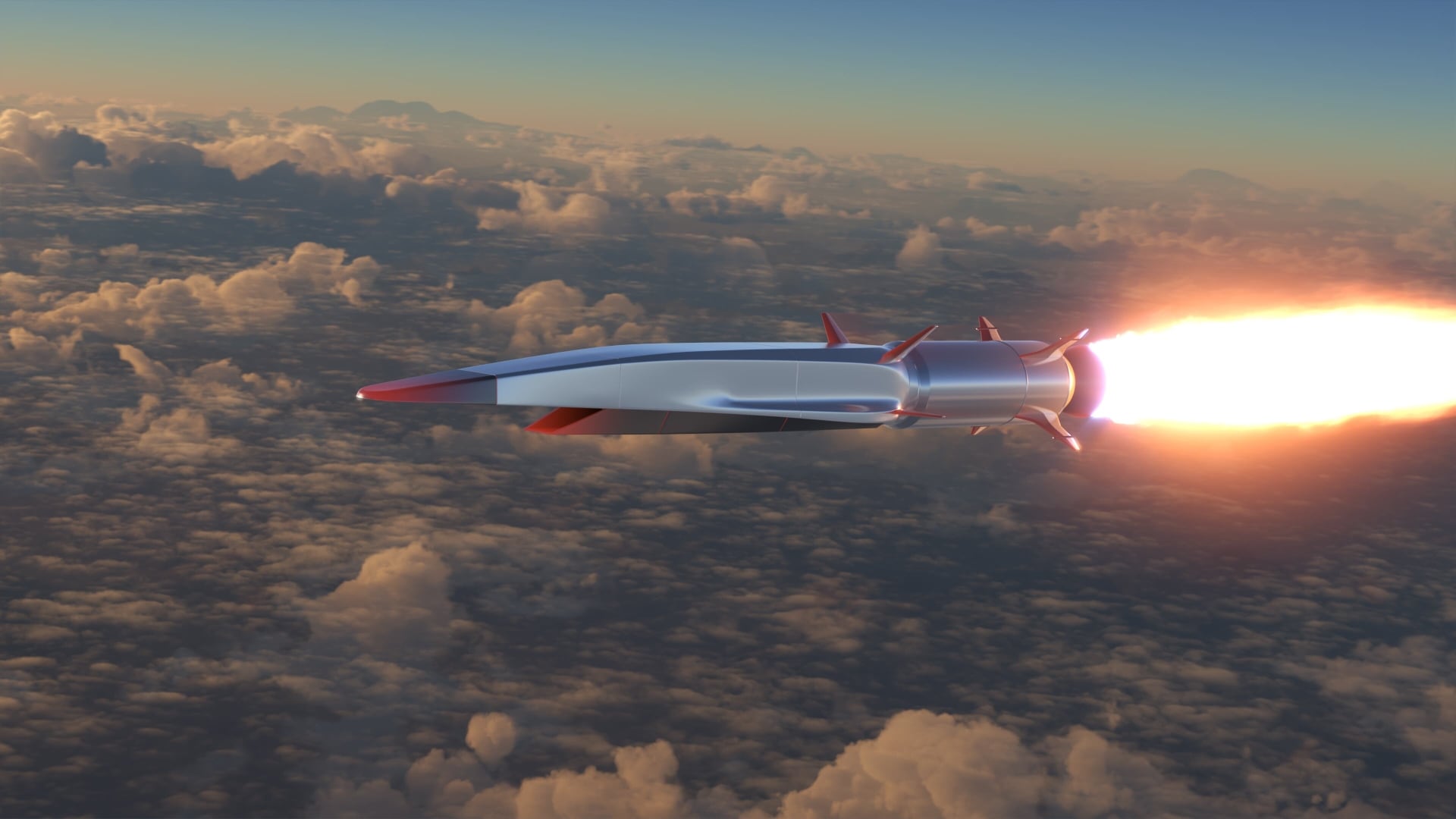ARLINGTON, Texas — Bell’s V-280 Valor tilt-rotor demonstrator flew autonomously for the first time Dec. 18 at the company’s Arlington, Texas, facility during two sorties.
Over the course of the day, the V-280 met all of Bell’s flight goals for the aircraft’s first venture into flying autonomously.
The V-280 performed an autonomous takeoff, conversion into cruise mode, precision navigation to various waypoints, loiter maneuvers, conversion into vertical-takeoff-and-landing mode, and landed autonomously, Ryan Ehinger, Bell’s program manager for the V-280, told reporters at a company demonstration of the aircraft in Arlington on Jan. 8.
Army Secretary Ryan McCarthy and Rep. Kay Granger, R-Texas, attended the demonstration.
Safety pilots riding in the cockpit took over between different elements of autonomous flight throughout the sorties, said Paul Wilson, the program’s chief engineer. He also confirmed the V-280 completed all pre-programmed elements “without issue.”
Bell has not scheduled future flight tests as part of an effort to advance the tilt rotor’s autonomous flight capabilities. The company also has not determined whether it will specifically conduct a flight where all autonomous elements are stitched together without pilot intervention in between each maneuver.
Bell developed its objective in late 2018 to run autonomous flight demonstrations with the V-280. It was in December 2018 when the company was finally able to execute the flight tests.
The V-280 was built for the Army’s Joint Multi-Role Technology Demonstration program, and the aircraft had its maiden flight in December 2017.
The JMR-TD program is meant to inform the Army’s Future Long-Range Assault Aircraft (FLRAA) program. A Sikorsky-Boeing team is also flying a demonstrator — the SB-1 Defiant — as part of the program, but the team got off to a late start, flying for the first time in March 2019, mainly due to delays related to issues building the rotor blades for the coaxial helicopter.
The Army plans to modernize its fleet through an ambitious effort to acquire two new future vertical lift aircraft back to back — FLRAA and a future attack reconnaissance aircraft (FARA).
The service intends to field FLRAA by fiscal 2030 following a full and open competition.
The Army wants both FLRAA and FARA to be optionally piloted aircraft, but whether that capability comes in the first tranches when the fleet is fielded remains to be seen.
Bell told reporters at the demonstration that since its first flight two years ago, the V-280 has logged more than 160 flight hours among seven test pilots. It has demonstrated it can fly more than 300 nautical miles in one trip and perform 2G acceleration turns, as well as climb to 11,500 feet and reach speeds beyond 280 knots.
The V-280 flew at 200 knots during the Jan. 8 demonstration and performed other agility maneuvers while showing off its hover performance.
While the JMR-TD phase is over, Bell continues to consider what could still be demonstrated with the V-280 before the aircraft is officially put to bed.
RELATED

Jen Judson is an award-winning journalist covering land warfare for Defense News. She has also worked for Politico and Inside Defense. She holds a Master of Science degree in journalism from Boston University and a Bachelor of Arts degree from Kenyon College.








